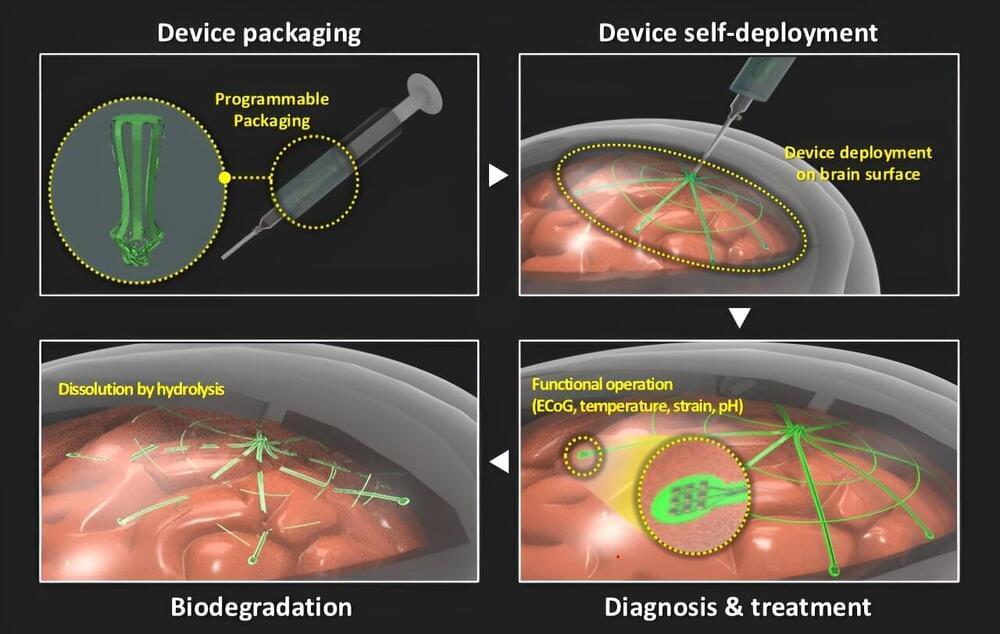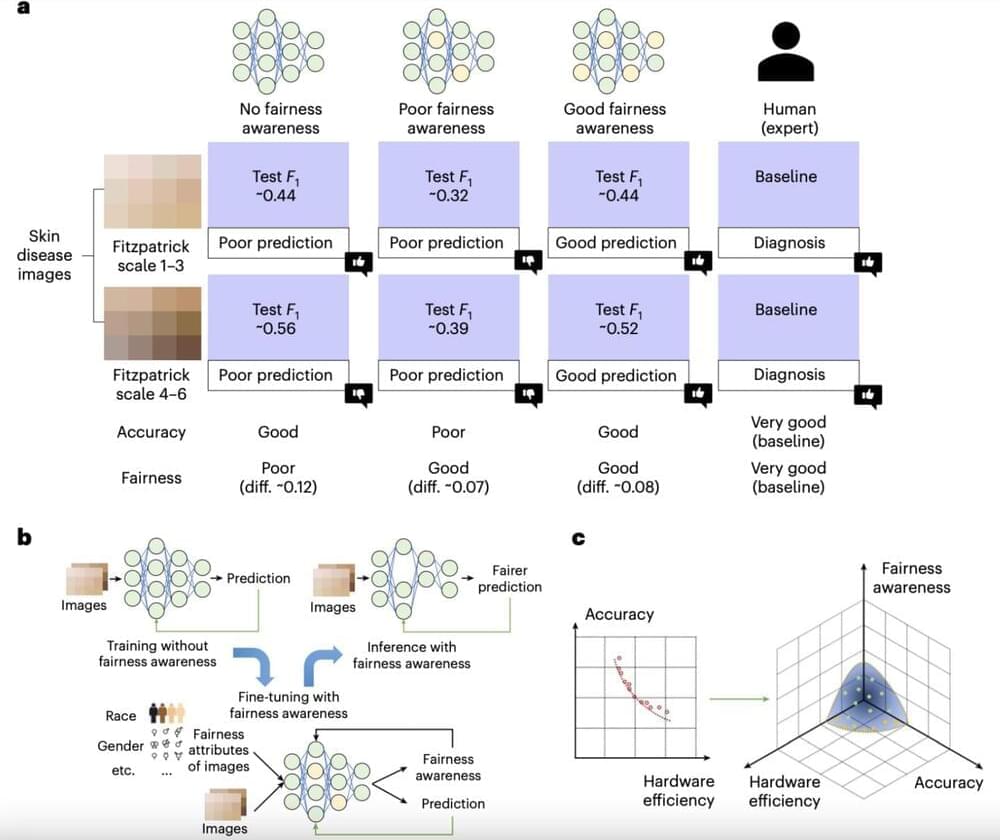“My main life work, along with basic science, has been building our Wolfram language computational language for the purpose of having a way to express things computationally that’s useful to both humans and computers,” Wolfram told TechCrunch.
As AI developers and others start to think more deeply about how computers and people intersect, Wolfram says it is becoming much more of a philosophical exercise, involving thinking in the pure sense about the implications this kind of technology may have on humanity. That kind of complex thinking is linked to classical philosophy.
“The question is what do you think about, and that’s a different kind of question, and it’s a question that’s found more in traditional philosophy than it is in the traditional STEM,” he said.






